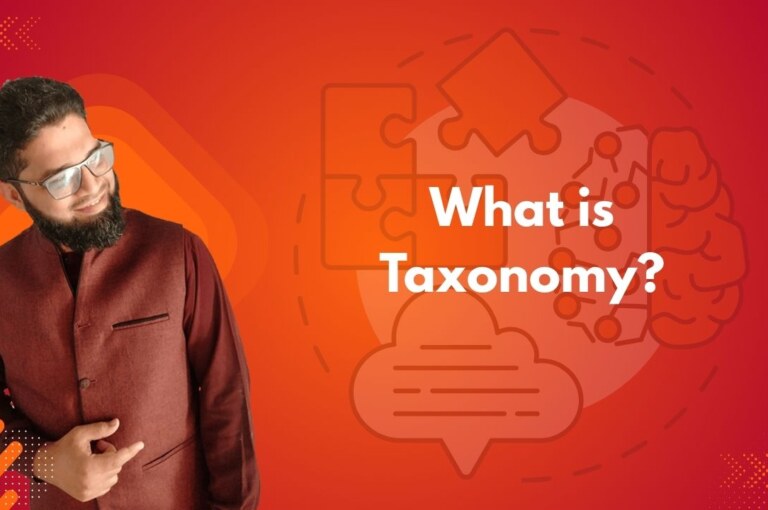Taxonomy is a hierarchical classification system that organizes information into categories based on shared characteristics. It follows a parent-child structure—broad categories are broken down into increasingly specific subcategories.
The goal is to improve structure, navigation, and retrieval across digital and physical systems. Whether in biology, e-commerce, or website architecture, taxonomy brings clarity to complex information.
Origin of the Term
The word “taxonomy” originates from two Greek words:
“Táxis” — meaning arrangement or order
“Nomos” — meaning law or science
Together, they imply the “science of arrangement.”
The term was formally coined in 1813 by Swiss botanist Augustin Pyramus de Candolle in his book “Théorie élémentaire de la botanique”, where he applied it to the classification of plants.
Taxonomy in Digital and SEO Contexts
In the world of websites and digital platforms, taxonomy is essential for:
- User navigation
- Content discoverability
- SEO-friendly site structure
- Efficient data management
SEO Example: E-commerce Website Taxonomy
Let’s look at a simplified taxonomy for an electronics website:
• Mobile Phones
◦ Smartphones
• Laptops
◦ Gaming Laptops
This tree-like hierarchy allows users and search engines to understand how content is grouped and how to move from broad to specific topics.
Why Taxonomy Matters for SEO!
- Search engines use structured taxonomies to understand content hierarchy and index pages more efficiently.
- Logical taxonomy allows better linking between categories and subcategories, improving user flow and link equity.
- Taxonomy supports topical clustering, helping search engines recognize content depth on specific subjects.
- Well-defined taxonomies can power advanced filters in e-commerce (e.g., Brand > Color > Price Range).
Common Uses of Taxonomy
| Domain | Example of Taxonomy |
|---|---|
| Biology | Kingdom > Phylum > Class > Species |
| Library Science | Subject > Genre > Author |
| Websites | Main Category > Subcategory > Tag |
| Business | Department > Team > Role |
How Ontology Complements Taxonomy!
While taxonomy organizes information into hierarchical categories, ontology complements this structure by defining the relationships and characteristics among those categories. It adds a layer of meaning by explaining how different concepts are connected—for example, identifying that one item possesses certain features or is related to another in a specific way.
Where taxonomy answers “What is it?”, ontology answers “How is it connected?”, creating a richer and more interconnected understanding of information.
Summary: What Makes Taxonomy Powerful?
Simple and hierarchical: Tree-based structure for clear organization
Used everywhere: From biology to SEO
Boosts findability: Helps users and machines navigate complex systems
Foundation for structured data: Prepares content for semantic understanding
Want to Go Deeper into SEO?
Explore more from my SEO knowledge base:
▪️ SEO & Content Marketing Hub — Learn how content builds authority and visibility
▪️ Search Engine Semantics Hub — A resource on entities, meaning, and search intent
▪️ Join My SEO Academy — Step-by-step guidance for beginners to advanced learners
Whether you’re learning, growing, or scaling, you’ll find everything you need to build real SEO skills.
Feeling stuck with your SEO strategy?
If you’re unclear on next steps, I’m offering a free one-on-one audit session to help and let’s get you moving forward.





Leave a comment